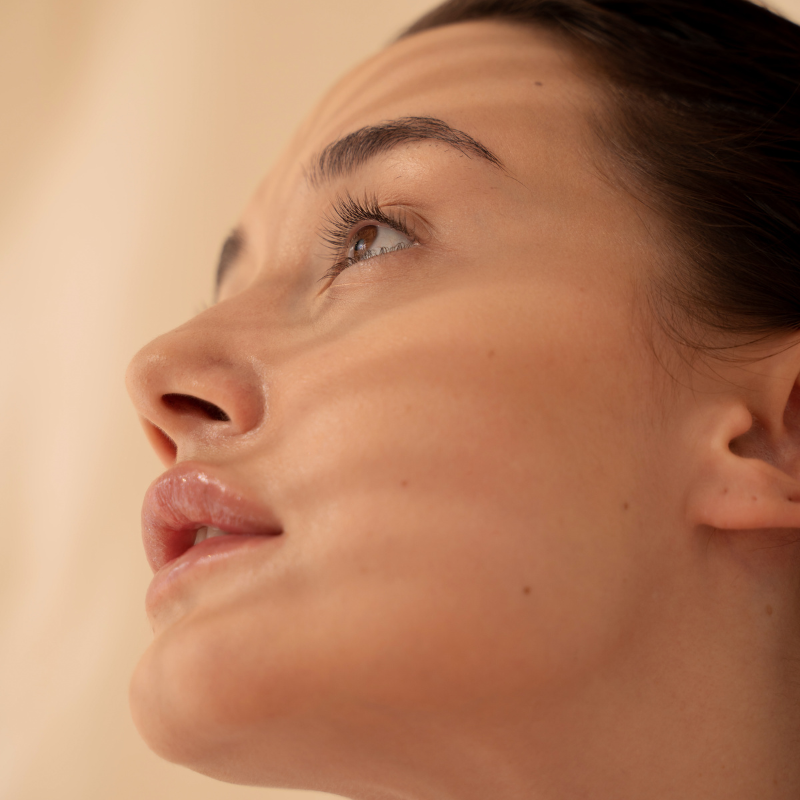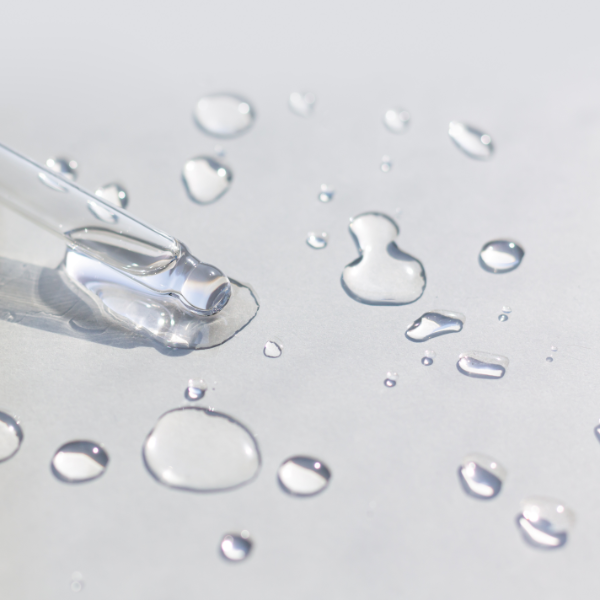The Surprising Trick for Flawless Foundation
by Deborah Duffey, Chief Product Development Officer and President March 17, 2023

While you’re probably putting on foundation to create flawless skin, what comes before can make the biggest difference in how your foundation actually looks. Even the best makeup won’t look right if you’ve forgotten to care for your base – and it takes more than just moisturizer to do so. Starting with exfoliated skin, in particular by dermablading, can set up your skin for the perfect foundation application.
1. What is dermablading?
Dermablading (also called dermaplaning) removes peach fuzz and dead skin from your face, resulting in an exfoliated surface that allows moisturizer to penetrate easier and creates a smooth canvas for the rest of your makeup. It’s similar to shaving: you can dermablade your own skin by using a small razor to make small strokes in the direction of hair growth to slough off hair and dead skin. While professionals may use a sharper razor on dry skin (which will result in a deeper exfoliation), at home it’s best to use safety razors as well as an oil or serum for slip. If you’re dermablading at home, be sure to use a clean blade, and go slow.
With a smooth canvas free of peach fuzz and dry skin, foundation can lie much more flawlessly on your skin. And don’t worry about hair growing back darker and thicker – this is a myth. Depending on your hair type, you may notice hair feels “prickly” but this will fade with time, or you can continue dermablading to remove the hair again.
Exfoliate Often to Prep for Foundation
In addition to dermablading, applying exfoliating treatments can keep skin free of acne, uneven texture, and clogged pores. Unlike dermablading, acid exfoliants have the ability to clear pores of dirt and oil, creating a blemish-free base. While dermablading should only be done once or twice a month, you can use exfoliators every day if your skin allows it.
Just be careful not to over-exfoliate your skin, which can lead to problems of its own. Look for signs of redness or itchiness, which is a sign your skin barrier may be compromised. A product like Glycol-X Treatment Lotion is gentle enough to use daily without irritating skin.
Moisturize Skin for a Healthy Base
Finally, a hydrated base ensures your foundation applies evenly and prevents it from fading throughout the day. Dry skin can cling to makeup and show up as patchy spots that prevent your foundation from looking like real skin. Adding moisture to skin is especially important after dermablading or exfoliating, since both of these can dry out skin.
For daytime, make sure you apply SPF under your foundation to prevent sun damage. For night (or the morning, if you use a separate SPF), try a light yet hydrating moisturizer to prep skin for foundation.
Oily skin can still benefit from moisturizing; just make sure to use a formulation that doesn’t cause excess oil. Using a toner specifically designed for oily skin can help regulate oil production throughout the day.
When you prep skin for foundation through dermaplaning, exfoliating, and moisturizing, you’re creating a smooth, hydrating base that will help makeup look flawless and more like skin than a product.




